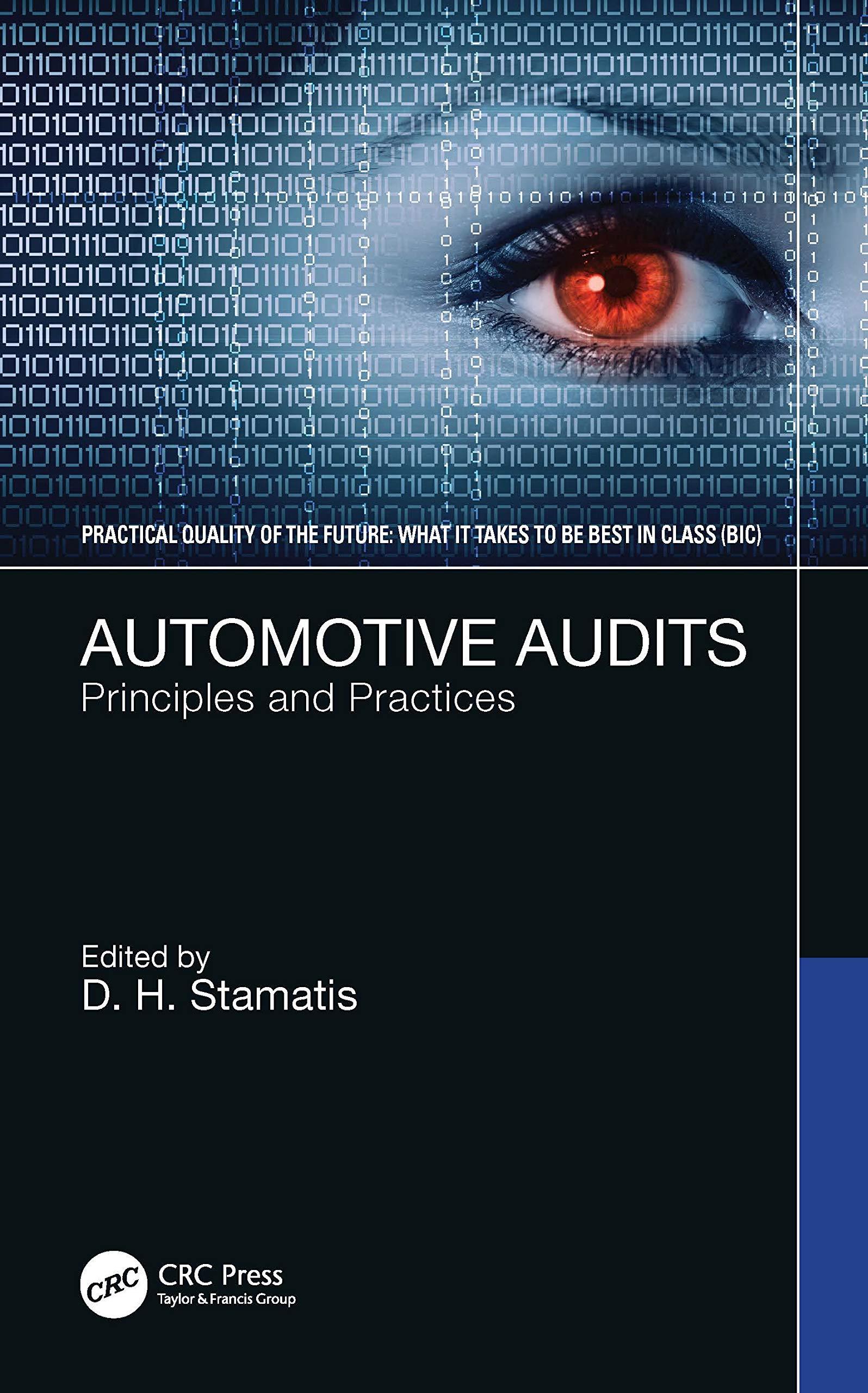Answered step by step
Verified Expert Solution
Question
1 Approved Answer
Please solve this without using chatgpt, and please don't just paste other chegg solutions if they exist. Give me the FULL solutions with COMPLETE calculations.
Please solve this without using chatgpt, and please don't just paste other chegg solutions if they exist. Give me the FULL solutions with COMPLETE calculations. Also, please make sure that your answer actually makes sense logically, and is not just a bunch of illogical calculations like I received mulitple times on this site. Otherwise, I would have to downvote. Thank you, and I really hope you could help me out here.
 Numerous variations on the basic design of options have been proposed. These "nonstandard" options are sometimes called as exotic options. One example is a barrier option, which is an option where the payoff depends on whether the underlying asset price reaches a certain level during a certain period of time. There are several types of barrier options and can be classified as either knock-out options or knock-in options. A knock-out option ceases to exist when the underlying asset price crosses a barrier. If the underlying asset price begins below the barrier and must cross above it to cause the knock-out, the option is called as up-and-out. A down-and-out option has the barrier below the initial asset price and knocks out if the asset price falls below the barrier. A knock-in option comes into existence only when the underlying asset price reaches a barrier. Knock-in options also fall into two classes, up-and-in and down-and-in. The payoff at maturity for barrier options is typically either that of a put or call. (a) What kind of relationship do you think holds between the prices of the up-and-out call, up-and-in call, and corresponding regular call options whose underlying asset is a non-dividend-paying stock. Assume that these three options have the same strike price and option maturity. Also, the same barrier level is applied for the up-and-out and up-and-in call options. (b) Suppose that the initial stock price is $50, the risk-free interest rate in continuous compounding is 5% per annum, the strike price is $48, the option maturity is two months, and that the stock price movement is described by a binomial lattice with u=1.047 and d=0.953. We shall take the time step length of the binomial lattice t equal to 0.25 months. Then, what is the up-and-out call option price with the barrier level equal to $60 ? (c) What kind of feature can you find for the behavior of the up-and-out call option
Numerous variations on the basic design of options have been proposed. These "nonstandard" options are sometimes called as exotic options. One example is a barrier option, which is an option where the payoff depends on whether the underlying asset price reaches a certain level during a certain period of time. There are several types of barrier options and can be classified as either knock-out options or knock-in options. A knock-out option ceases to exist when the underlying asset price crosses a barrier. If the underlying asset price begins below the barrier and must cross above it to cause the knock-out, the option is called as up-and-out. A down-and-out option has the barrier below the initial asset price and knocks out if the asset price falls below the barrier. A knock-in option comes into existence only when the underlying asset price reaches a barrier. Knock-in options also fall into two classes, up-and-in and down-and-in. The payoff at maturity for barrier options is typically either that of a put or call. (a) What kind of relationship do you think holds between the prices of the up-and-out call, up-and-in call, and corresponding regular call options whose underlying asset is a non-dividend-paying stock. Assume that these three options have the same strike price and option maturity. Also, the same barrier level is applied for the up-and-out and up-and-in call options. (b) Suppose that the initial stock price is $50, the risk-free interest rate in continuous compounding is 5% per annum, the strike price is $48, the option maturity is two months, and that the stock price movement is described by a binomial lattice with u=1.047 and d=0.953. We shall take the time step length of the binomial lattice t equal to 0.25 months. Then, what is the up-and-out call option price with the barrier level equal to $60 ? (c) What kind of feature can you find for the behavior of the up-and-out call option Step by Step Solution
There are 3 Steps involved in it
Step: 1

Get Instant Access to Expert-Tailored Solutions
See step-by-step solutions with expert insights and AI powered tools for academic success
Step: 2

Step: 3

Ace Your Homework with AI
Get the answers you need in no time with our AI-driven, step-by-step assistance
Get Started


